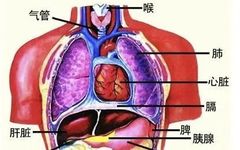Introduction: What do the five zang and six fu refer to? A diagram showing the relationship and functional distribution of the five zang and six fu. The five zang: Heart (Xin), Liver (Gan), Spleen (Pi), Lung (Fei), Kidney (Shen); the six fu: Stomach (Wei), Large Intestine (Da Chang), Small Intestine (Xiao Chang), San Jiao (Triple Burner), Bladder (Pang Guang), Gallbladder (Dan). This is a collective term for the internal organs of the human body, also metaphorically referring to the internal state of things.
【Source】
《Lüshi Chunqiu·Dayu》: “There are three hundred sixty joints, nine orifices, and five zang and six fu in a person.” From the diagram of the five zang and six fu, you can clearly see the positions of each organ.
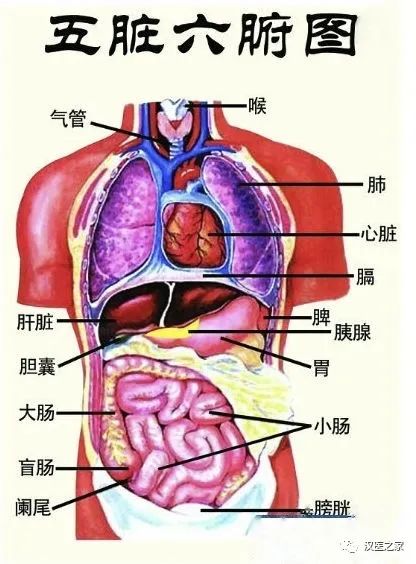
【Functions and Relationships of the Five Zang and Six Fu】
“Zang” refers to solid organs, which include the Heart (Xin), Liver (Gan), Spleen (Pi), Lung (Fei), and Kidney (Shen), with the Pericardium (Xin Bao) also considered a zang, thus referred to as the six zang. However, it is customary to include the Pericardium with the Heart, hence the term five zang encompasses it. The term “zang” means to store. The Heart stores the Shen (spirit), the Lung stores the Po (corporeal soul), the Liver stores the Hun (ethereal soul), the Spleen stores the Yi (thought) and Zhi (will), and the Kidney stores Jing (essence) and Zhi (will), thus forming the five zang. “Fu” refers to hollow organs, which include the Gallbladder (Dan), Stomach (Wei), Large Intestine (Da Chang), Small Intestine (Xiao Chang), Bladder (Pang Guang), and San Jiao (Triple Burner), which receive the turbid qi from the five zang, hence called the six fu.
【Functions of the Five Zang】
The function of the Heart: The Heart is the ruler of life activities in the human body.
1. Governing consciousness – this includes thinking, memory, judgment, and other mental states. The Heart governs the spirit, so when the Heart is ill, it can lead to forgetfulness, insomnia, and mental disturbances. As one ages, the Heart is more prone to illness, thus requiring careful attention.
2. Governing blood vessels – the Heart can govern blood vessels, so it is related to blood deficiency and blood stasis, similar to the Liver.
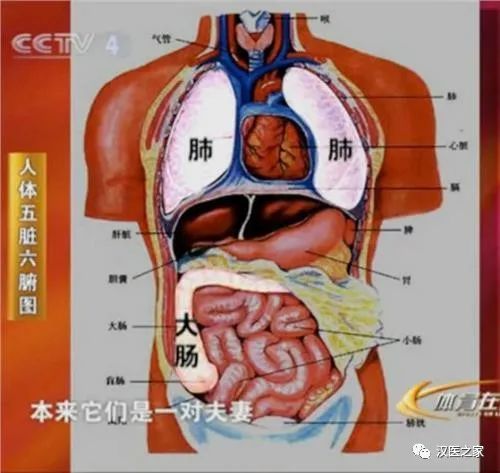
Liver function
1. Storing blood – Liver diseases can manifest as blood deficiency and blood stasis; conversely, blood deficiency and stasis can trigger liver diseases.
2. The crown of the five zang – a strong Liver makes one less prone to illness. Conversely, if the Liver is weak, one is more susceptible to illness, leading to weakness, frequent colds, throat inflammation, lymphadenopathy, etc., all caused by abnormal liver function.
3. Disliking constraint – the Liver prefers to be free and dislikes constraint; thus, when under mental stress, the Liver can become angry and anxious, leading to abnormal liver function. Menopausal disorders and occupational diseases in managers fall into this category of liver disease.
Spleen function
1. Governing food absorption – the Spleen absorbs nutrients from food and breaks them down into easily absorbable substances, distributing them to all organs. Abnormal Spleen function often leads to decreased digestive ability, resulting in malnutrition and weight loss. This is very important.
2. Governing muscles, hands, and feet – being overweight, underweight, or having cold hands and feet, and a lack of desire to move are symptoms of abnormal Spleen function.
3. Governing blood – when Spleen function declines, it can lead to blood deficiency and easy bleeding.
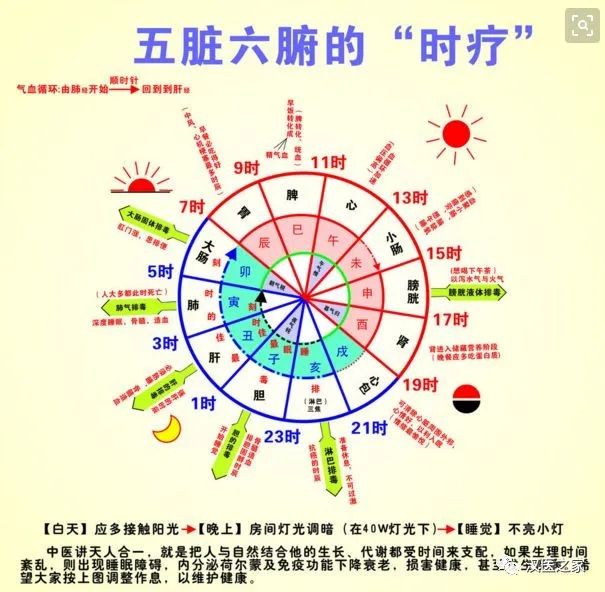
Lung function
1. Governing respiration – air enters the body through the Lung’s respiratory function, supplying the necessary oxygen. Abnormal Lung function can lead to respiratory diseases such as asthma and cough.
2. Governing the circulation of body fluids – the circulation of body fluids is also governed by the Lung. If the Lung is affected by disease, it can lead to pulmonary edema and progressively dry skin.
3. Governing the nose – the occurrence of sinusitis and nasal purulence indicates that the Lung has issues.
Kidney function
1. Storing essence – essence has three functions: first, growth and development; second, absorption of nutrients from food, becoming the source of blood and qi; third, governing reproductive functions. The Kidney has the function of storing essence, hence it is referred to as the measure of human vitality, and aging is a sign of Kidney deficiency.
2. Governing body fluids – all body fluids are governed by the Kidney. Symptoms such as edema, stagnation, diabetes insipidus, and frequent urination are caused by Kidney deficiency.
3. Governing bones, ears, and hair – Kidney deficiency makes one prone to aging, leading to various joint and bone diseases, deformities, hearing loss, and hair loss.
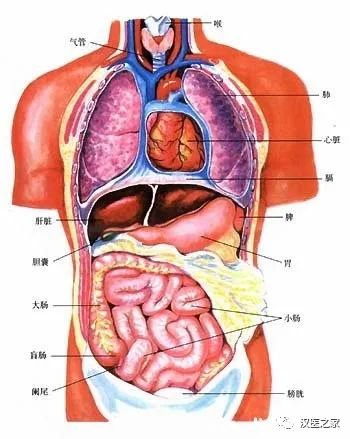
【Functions and Roles of the Six Fu】
The main physiological function of the six fu is to receive, digest food, separate clear from turbid, transform essence, and expel waste from the body without retention. Therefore, the six fu should function smoothly and harmoniously. The specific physiological functions of the six fu include: food enters the Stomach, is digested in the Stomach, moves down to the Small Intestine for further digestion, separates clear from turbid, absorbs the refined substances, and the Large Intestine receives the food residues from the Small Intestine, absorbs water, and expels the remaining waste as feces. During the digestion and absorption of food, the Gallbladder secretes bile into the Small Intestine to assist digestion.
The San Jiao not only serves as a channel for transformation but also plays a crucial role in regulating qi, facilitating the normal functioning of transformation. The six fu work closely together in their physiological functions to complete the digestion, absorption, transportation, and excretion of food. In pathological changes, they influence each other; if one fu is ill, it can affect others. For example, if the Stomach has excess heat, it can consume body fluids, leading to constipation, which in turn can affect the Stomach’s ability to receive food, causing poor appetite and abdominal distension.
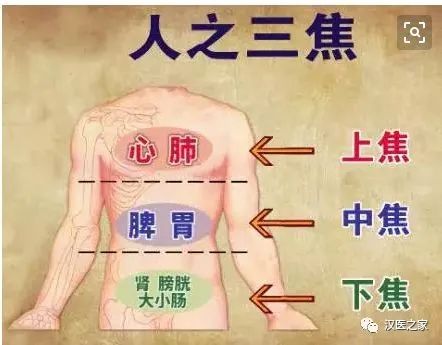
Since the six fu primarily function by descending and maintaining smoothness, pathological changes mainly manifest as reversed qi flow, qi stagnation, digestive disorders, unclear separation of clear and turbid, urinary difficulties, and constipation. Among the six fu, if one fu is ill, it can affect others, and if a fu is ill, it can also affect the zang. Treatment for six fu disorders emphasizes “unblocking” as the primary method, such as harmonizing the Stomach, draining the Gallbladder, unblocking the intestines, and promoting urination. If a six fu disorder also involves a zang, both must be treated together. The six fu are yang and superficial, while the five zang are yin and internal; if a fu disorder affects a zang, or if a superficial disorder affects an internal one, it indicates a deepening and worsening of the condition. Timely adjustment and treatment of six fu disorders can prevent minor issues from escalating.
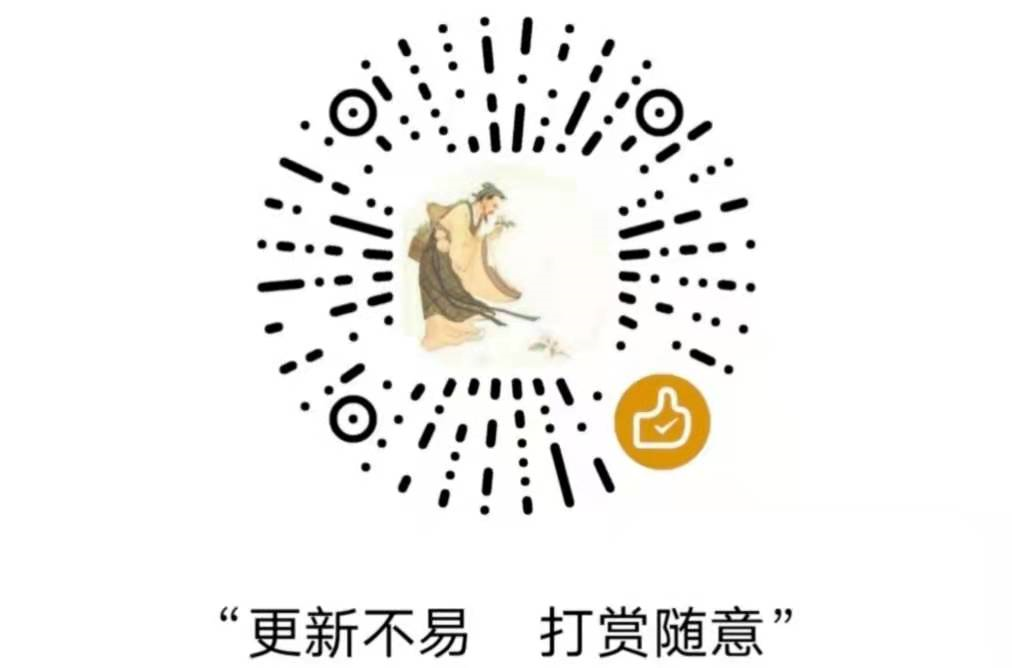
Warm Reminder: The various prescriptions and formulas mentioned in this article are for reference and study by professional TCM practitioners only and should not be used as prescriptions. Please do not self-medicate; seek medical attention promptly if you experience discomfort.
Copyright Notice: This article is reproduced from the internet; if there is any infringement, please contact for removal!
For submissions or reprints, please contact QQ/WeChat: 1612237026
THE END


